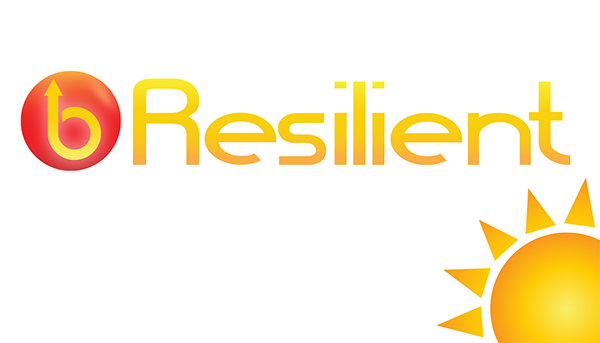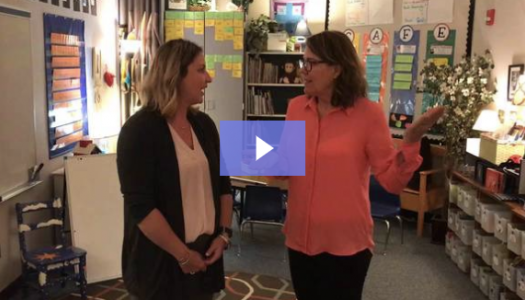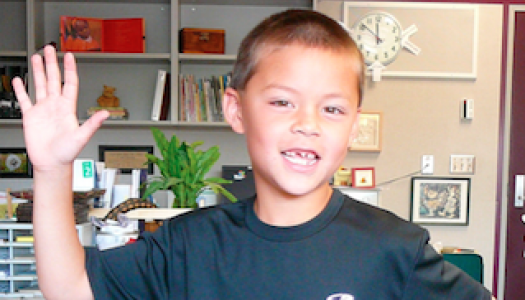Allison Behne
“Good job!”
“You look nice.”
“Great work!”
I have used these words more times than I can count, and yet when I am on the receiving end of such feedback, I am often left wanting more. What was good about the job I did? What about me looks nice? What was great about the work? I can’t learn and improve with such unspecific comments, which reminds me that my students can’t either. If we aren’t careful, our expectations for them may be just as vague.
“Sit nicely.”
“Write your best.”
“Be kind.”
When we make statements like those, we assume children know what doing those things looks like and sounds like, and in essence, we may be setting them up for failure. What does sitting nicely look like? What does a student do to ensure they are writing their best? What is kindness, and how will students demonstrate kind behavior?
Take time to teach and model these behaviors so students have a clear understanding of expectations. The 10 Steps to Independence provides a great structure for introducing and practicing desired behaviors. They move us from the vague to the specific, ensuring that everyone knows what the expectation looks like, sounds like, and feels like, so everyone can be successful.
News From The Daily CAFE
Classroom Design—Step 7 Finishing Touches; Music
The Importance of Readability
21 Ideas for Building a Community of Readers








